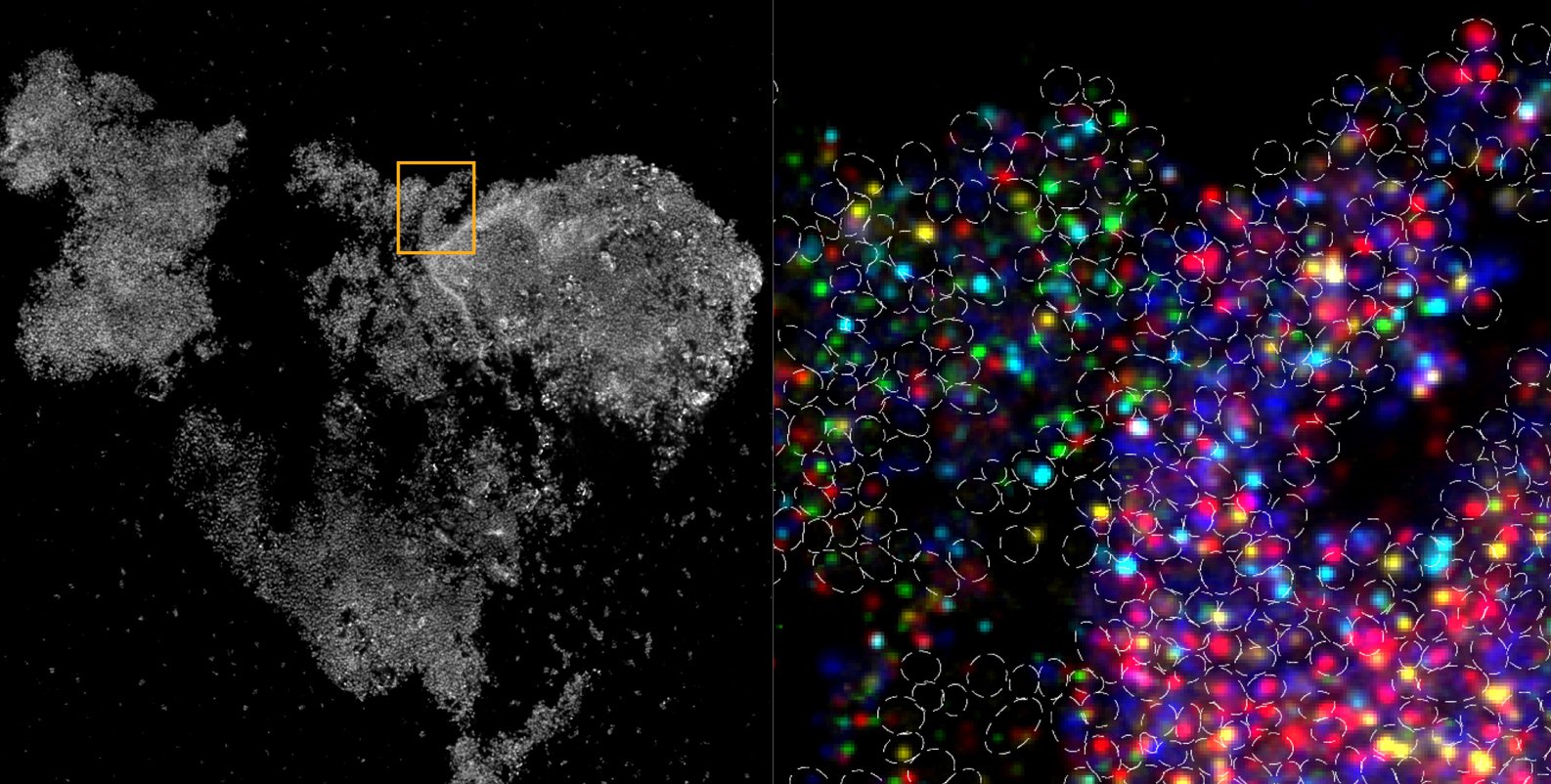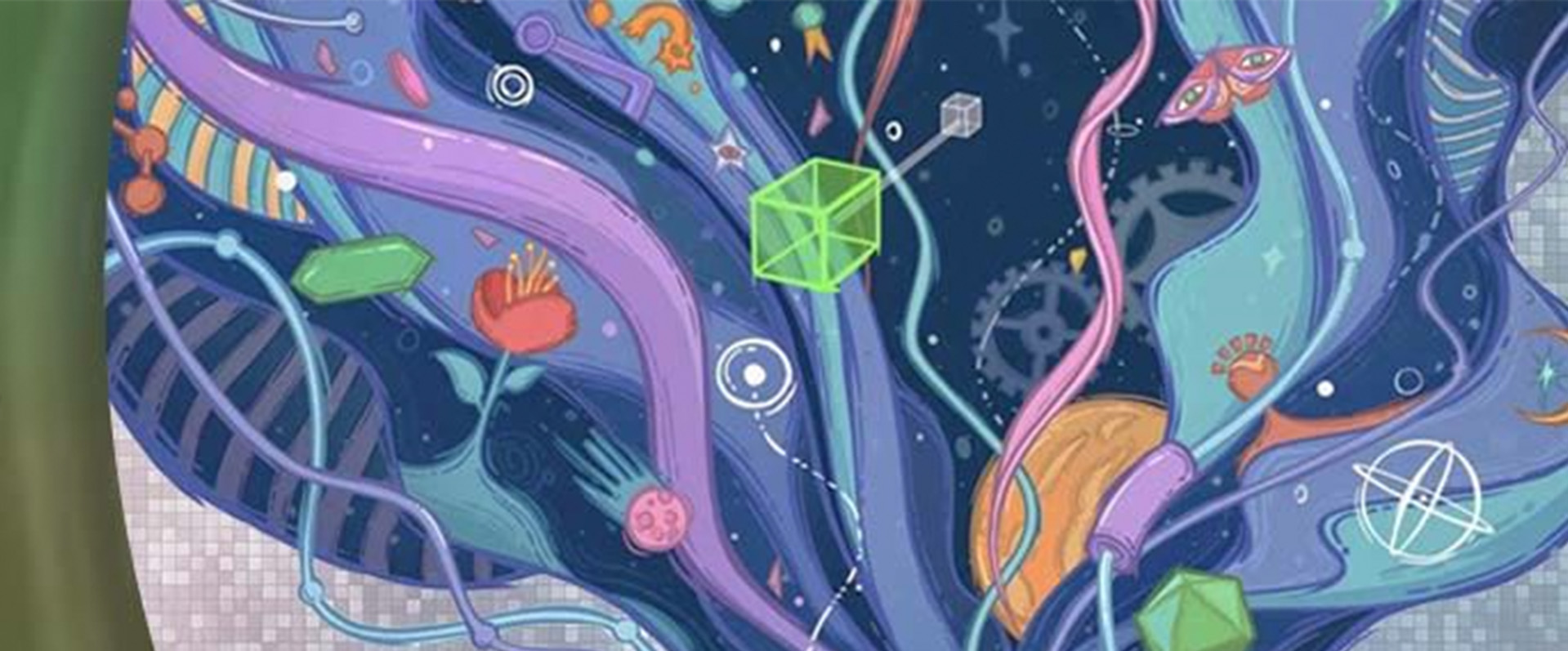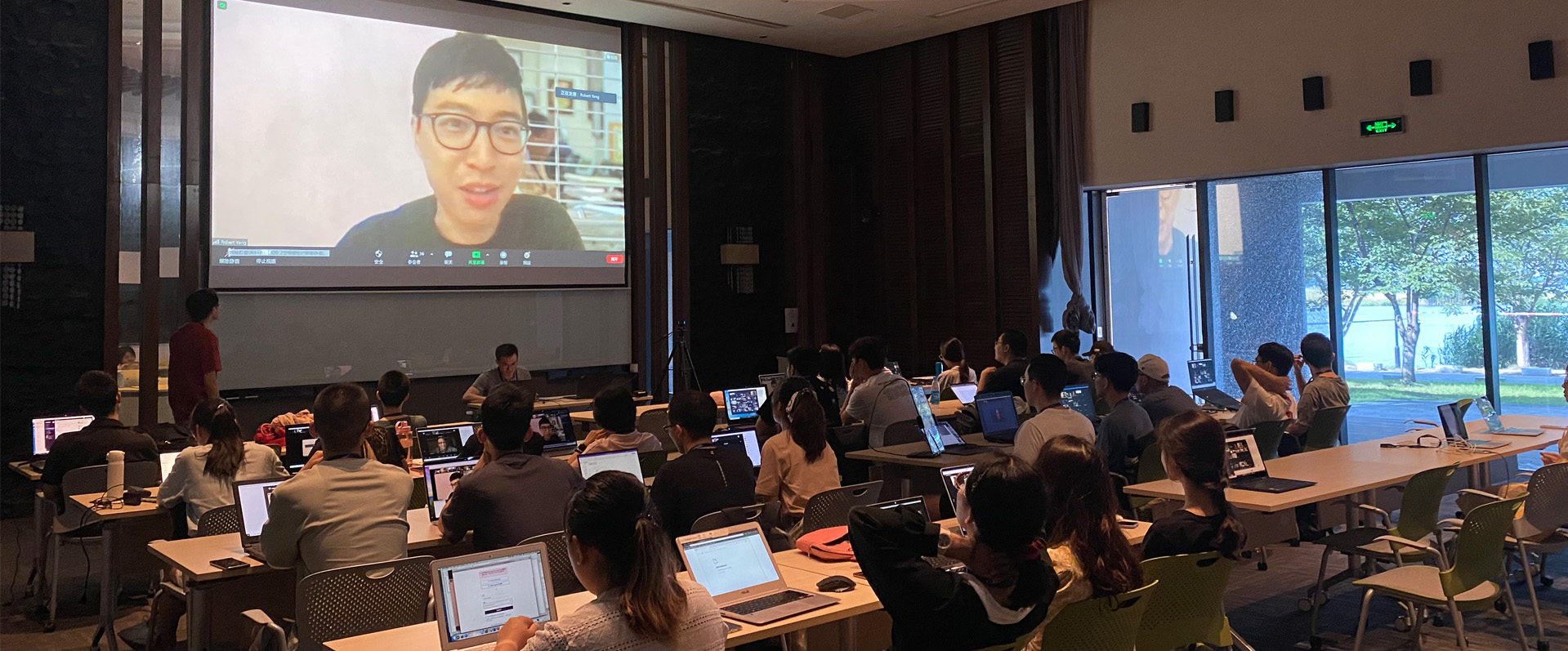-
The Science of Underground Kingdoms

Anthills…a mound of crumbly dirt to many but look closely and you’ll discover tunnels diving downward, branching and leading to specialized chambers that serve as home for the colony’s queen, as nurseries for its young, as farms for fungus cultivated for food, and as dumps for its trash. These are underground cities, some of them home […]
-
New Technique Surveys Microbial Spatial Gene Expression Patterns

What do you do at different times in the day? What do you eat? How do you interact with your neighbors? These are some of the questions that biologists would love to ask communities of microbes, from those that live in extreme environments deep in the ocean to those that cause chronic infections in humans. […]
-
TCCI® Investigator Professor Yu Jintai’s Team Discovers Correlations between Environmental Factors and Longevity

Professor Yu Jintai, a researcher from the Neurology Department of Fudan University-affiliated Huashan Hospital and a Tianqiao and Chrissy Chen Institute Investigator, and his team revealed for the first time a correlation between longevity and controllable environmental factors. Their findings were published July 20 2021 in the medical journal, BMC Medicine. In his research, […]
-
Tencent Games Unveils Serious Games Exploration to Create Social Value

Tencent outlines “game as a service” efforts, teases latest endeavor, “Palvov: Brain’it On” Tencent, through the Social Value Research Center of Tencent Games, today shared its “game as a service” collaboration with industries to develop serious games at the International Conference on Serious Games and Applications for Health (SeGAH) conference, in its latest push […]
-
Why is it so hard to quit drugs? Revealing the neurological mechanisms behind drug cravings.

TCCI® investigator, Professor Yuan Tifei from Shanghai Mental Health Center and his team recently worked with Professor Luo Wenbo’s team from Liaoning Normal University on research, published in Molecular Psychiatry, that revealed key findings related to the neurological mechanisms behind drug cravings. Previous studies both in laboratory animals and humans have reported that abstinence induces incubation […]
-
TCCI® Holds First ZNext Webinar

On July 30, the Tianqiao and Chrissy Chen Institute organized the first “TCCI® ZNext Webinar” in China. Four young scientists conducted online roundtable talks centered on the topic “How do we understand cognition and behaviors in real-world context?” and had the opportunity to ask and answer questions with other scholars and students watching the live […]
-
Chen Institute Establishes a New Chen Frontier Lab with Shanghai Mental Health Center; Donates 50 million yuan.

On July 26, 2021, Tianqiao and Chrissy Chen Institute (TCCI®) donated 50 million yuan and signed a contract with Shanghai Mental Health Center (SMHC) to jointly establish a new Chen Frontier lab focused on improving evaluation and interventions for mental diseases of large populations using big data and AI-powered analysis of individual behaviors and symptoms. […]
-
Tianqiao Chen, at the Frontier of Supporting Fundamental Research through Philanthropy

An interview with Xinhua News Agency On July 26, 2021, Tianqiao and Chrissy Chen Institute (TCCI®) donated 50 million yuan and signed an agreement with Shanghai Mental Health Center (SMHC) to jointly establish a new Chen Frontier Lab. This is the second lab TCCI® has set up in China and also an integral part […]
-
Computational and Cognitive Neuroscience (CCN) Summer School Launches at Cold Spring Harbor Asia

Tianqiao and Chrissy Chen Institute (TCCI®) Continues to Support Scientific Exchange and Training On July 17, the 2021 Computational and Cognitive Neuroscience (CCN) summer school started classes at Cold Spring Harbor Asia in Suzhou, China. The summer school was initiated by Wu Si, Zach Mainen and Upinder Bhalla in 2010 and was supported by […]
-
TCCI® Investigator Wins Sail Award at World Artificial Intelligence Conference 2021

On July 8, Professor Tao Hu, Deputy Director and Researcher at the Shanghai Institute of Microsystems and Information Technology under the Chinese Academy of Sciences and Investigator at the Tianqiao and Chrissy Chen Institute (TCCI®), won a SAIL (Super AI Leader) Award at the World Artificial Intelligence Conference 2021 for his achievements with a brain-computer […]